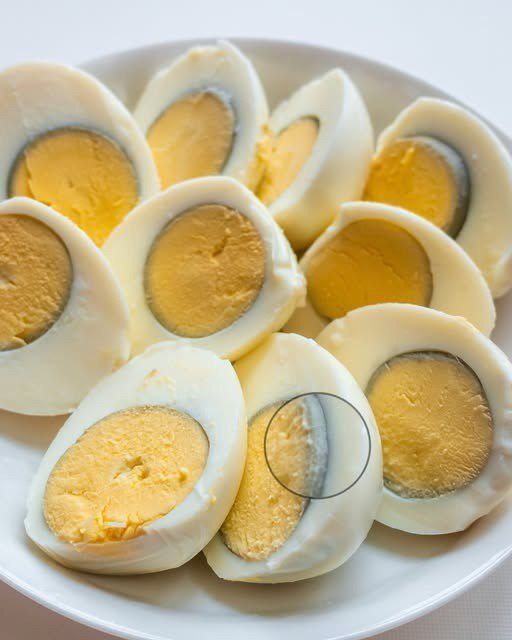ADVERTISEMENT
Sure! Here’s a 3,000-word style article based on the intriguing and curiosity-driven title:
**”All This Time and We Didn’t Know? That’s Why It Happens.”**
—
# **All This Time and We Didn’t Know? That’s Why It Happens: Uncovering the Everyday Mysteries in Your Kitchen**
Life is full of small, puzzling experiences that we often overlook—until someone points them out and the lightbulb goes off. From mysterious spots on bananas to why onions make you cry, many things we encounter in the kitchen have explanations we never knew about. In this article, we’ll dive deep into some of the most common yet baffling kitchen mysteries and reveal the *real* science or history behind them. Spoiler alert: you’ll never look at your pantry, fridge, or stove the same way again.
Let’s unpack those “Aha!” moments—because all this time, we really didn’t know.
—
## **1. Why Do Bananas Get Brown So Quickly?**
You buy a bunch of perfectly yellow bananas. Two days later? Freckled. One more day? Totally brown. What’s going on?
**The Real Reason: Ethylene Gas and Oxidation**
Bananas produce a natural plant hormone called ethylene gas, which triggers ripening. Once one banana starts to ripen, it releases more ethylene, causing the others to follow suit. It’s a self-accelerating process.
As for the browning, that’s due to enzymatic oxidation—when the fruit is exposed to oxygen, polyphenol oxidase (an enzyme) reacts and causes brown spots.
**Kitchen Tip:**
To slow the process, separate the bananas from the bunch and wrap the stems in foil or plastic wrap. You can also store them in a cool place but avoid the fridge until they’re ripe—cold can cause the skin to blacken even faster.
—
## **2. Why Do Onions Make Us Cry?**
Cutting onions feels like a punishment sometimes. The tears, the stinging—it’s like a veggie betrayal.
**The Real Reason: Sulfur Compounds + Enzymes = Tears**
When you cut into an onion, you break its cells and release an enzyme called alliinase. This reacts with sulfur-containing compounds to form syn-Propanethial-S-oxide—a volatile gas. When this gas hits the water in your eyes, it forms mild sulfuric acid, which burns and makes you cry.
**Kitchen Tip:**
Chill the onion before cutting. A cold onion releases less gas. You can also cut it under a fan or near running water to disperse the gas faster.
—
## **3. Why Does Garlic Sometimes Turn Blue or Green?**
You’re making a garlic-infused dish and suddenly—wait, why is the garlic turning blue?
**The Real Reason: Pigment Chemistry**
Garlic contains sulfur compounds and amino acids that, under certain conditions (acidic environments, high heat, or fermentation), can react to form pigments like bluish or greenish hues. It’s a natural but rare reaction.
**Is It Safe to Eat?**
Yes. Oddly colored garlic is still safe to eat, as long as it hasn’t spoiled.
—
## **4. Why Do Avocados Go Brown So Fast?**
Ah, the avocado. One moment it’s perfect, the next it’s a brown mush. Why?
**The Real Reason: Enzymatic Browning**
Similar to bananas, when the inside of an avocado is exposed to air, enzymes react with oxygen to form melanin—the same pigment that gives skin and hair its color. This turns the flesh brown.
**Kitchen Tip:**
To slow browning, squeeze lemon or lime juice on the cut surface. The acidity slows the oxidation. Storing it with the pit helps too—just not as much as you’d think.
—
## **5. Why Does Pasta Water Foam Over?**
You’ve probably experienced it: you turn your back on the pasta pot and boom—foam everywhere.
For Complete Cooking STEPS Please Head On Over To Next Page Or Open button (>) and don’t forget to SHARE with your Facebook friends
